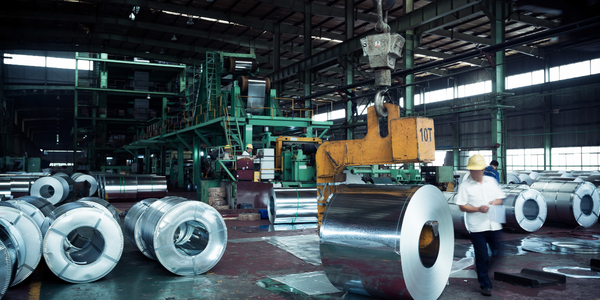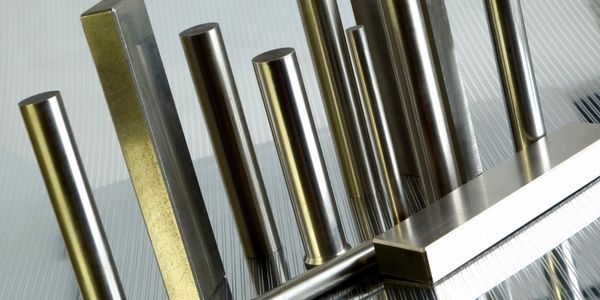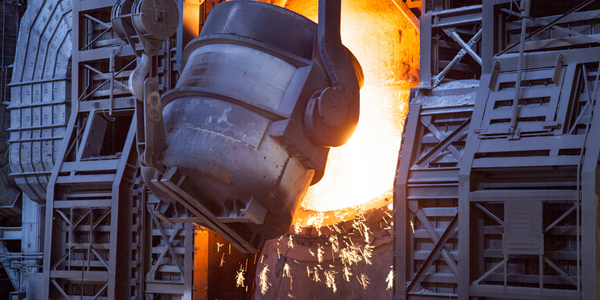Technology Category
- Analytics & Modeling - Digital Twin / Simulation
- Networks & Connectivity - Ethernet
Applicable Industries
- Metals
- Plastics
Applicable Functions
- Product Research & Development
- Quality Assurance
Use Cases
- Virtual Prototyping & Product Testing
- Virtual Reality
Services
- Testing & Certification
About The Customer
M.TEC Engineering is an engineering service provider based in Herzogenrath/Aachen, Germany. The company serves a variety of sectors including automotive, medical, telecommunication, household appliances, building technology, heating and air conditioning, and electronics industries. M.TEC specializes in creative engineering in plastics technology and product development, offering services such as industrial design, mechanical design, material selection, calculation simulation, prototype development, testing, industrialization, tooling, and quality assurance. The company has also developed core competencies in fluid dynamics, light conductor techniques, and acoustics, making it one of the few engineering service providers offering this comprehensive know-how, especially in the field of component simulation.
The Challenge
M.TEC Engineering, a Germany-based engineering service provider, was facing the challenge of meeting growing customer demands for specialized development services across various sectors. As a company that offers a wide range of services including industrial design, mechanical design, material selection, calculation simulation, prototype development, testing, industrialization, tooling, and quality assurance, M.TEC needed flexible access to a variety of software tools. The company was also experiencing constant growth and was striving to become one of Germany's leading service providers for plastics and composite technologies. A specific use case highlighted was the optimization and redesign of a faulty expansion oil tank, which required a comprehensive re-simulation and re-design of the entire oil tank model.
The Solution
M.TEC found a solution to their challenges through the Altair Partner Alliance (APA). The APA membership allowed M.TEC engineers to access multiple software tools flexibly, enabling them to meet customer demands and complete development projects in a timely manner. M.TEC had been using Altair’s HyperWorks suite of computer-aided engineering (CAE) tools since 1999 and expanded its use to include new products such as OptiStruct, RADIOSS, and several third-party solutions from the APA. The APA license allowed M.TEC to use the HyperWorks licenses for other tools at no incremental costs. This provided M.TEC with the flexibility to use many different tools on-demand while keeping costs low and predictable.
Operational Impact
Quantitative Benefit

Case Study missing?
Start adding your own!
Register with your work email and create a new case study profile for your business.
Related Case Studies.

Case Study
Goldcorp: Internet of Things Enables the Mine of the Future
Goldcorp is committed to responsible mining practices and maintaining maximum safety for its workers. At the same time, the firm is constantly exploring ways to improve the efficiency of its operations, extend the life of its assets, and control costs. Goldcorp needed technology that can maximize production efficiency by tracking all mining operations, keep employees safe with remote operations and monitoring of hazardous work areas and control production costs through better asset and site management.

Case Study
Plastic Spoons Case study: Injection Moulding
In order to meet customer expectations by supplying a wide variety of packaging units, from 36 to 1000 spoons per package, a new production and packaging line needed to be built. DeSter wanted to achieve higher production capacity, lower cycle time and a high degree of operator friendliness with this new production line.

Case Study
KSP Steel Decentralized Control Room
While on-site in Pavlodar, Kazakhstan, the DAQRI team of Business Development and Solutions Architecture personnel worked closely with KSP Steel’s production leadership to understand the steel production process, operational challenges, and worker pain points.

Case Study
Bluescope Steel on Path to Digitally Transform Operations and IT
Increasing competition and fluctuations in the construction market prompted BlueScope Steel to look toward digital transformation of its four businesses, including modern core applications and IT infrastructure. BlueScope needed to modernize its infrastructure and adopt new technologies to improve operations and supply chain efficiency while maintaining and updating an aging application portfolio.

Case Study
RobotStudio Case Study: Benteler Automobiltechnik
Benteler has a small pipe business area for which they produce fuel lines and coolant lines made of aluminum for Porsche and other car manufacturers. One of the problems in production was that when Benteler added new products, production had too much downtime.

Case Study
Continuous Casting Machines in a Steel Factory
With a very broad range of applications, steel is an important material and has been developed into the most extensive alloy in the engineering world. Since delivering high quality is absolutely crucial for steel plants, ensuring maximum productivity and the best quality production are the keys to competitiveness in the steel industry. Additionally, working conditions in steel factories are not suitable for workers to stay in for long periods of time, so manufactures usually adopt various machines to complete the steel production processes. However, the precision of these machines is often overestimated and the lack of flexibility also makes supervisors unable to adjust operating procedures. A renowned steel factory in Asia planned to improve its Distributed Control System (DCS) of furnaces as well as addressing the problem of insufficient accuracy. However, most well-known international equipment suppliers can not provide a satisfactory solution and local maintenance because the project needed new technologies to more accurately control equipment operations. By implementing Advantech’s automated monitoring and control solution, steel factories can not only improve the manufacturing processes but can also allow users to add additional functions to the existing system so as to make sure the operation runs at high efficiency.



